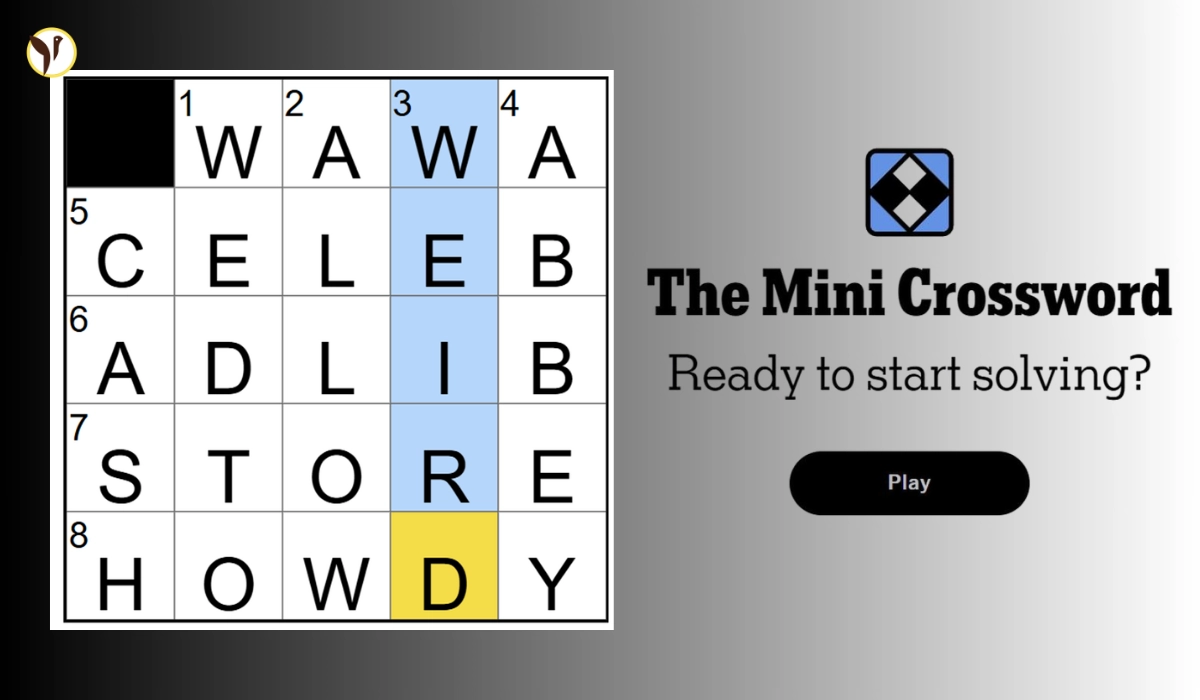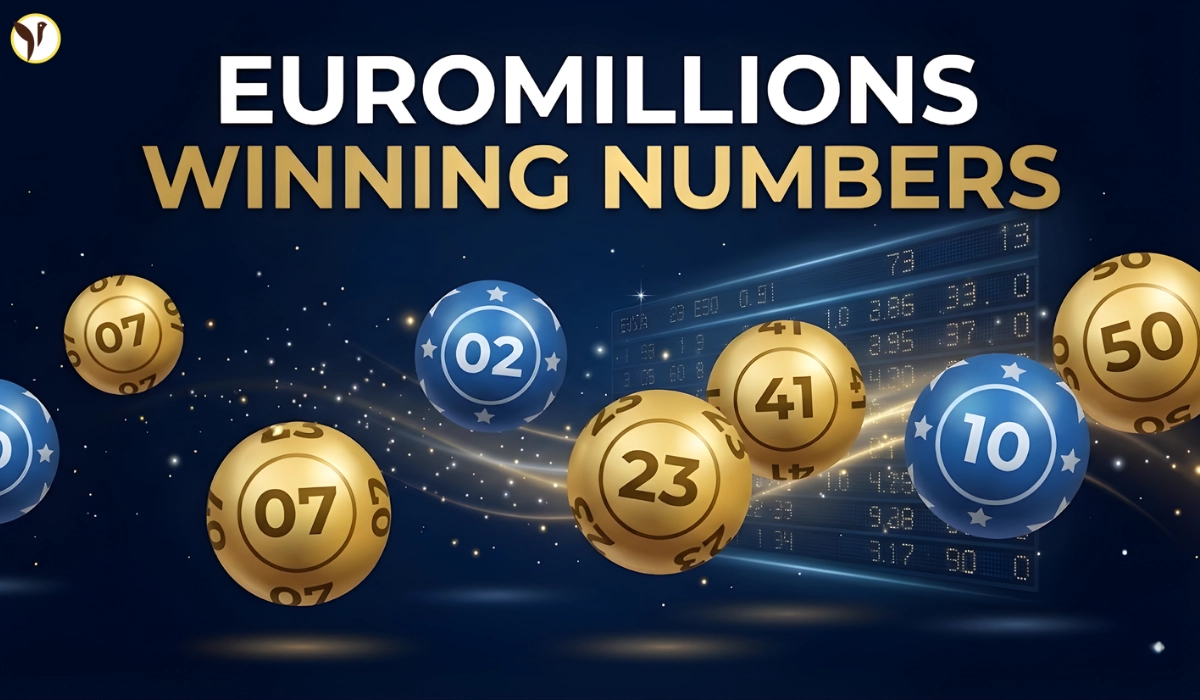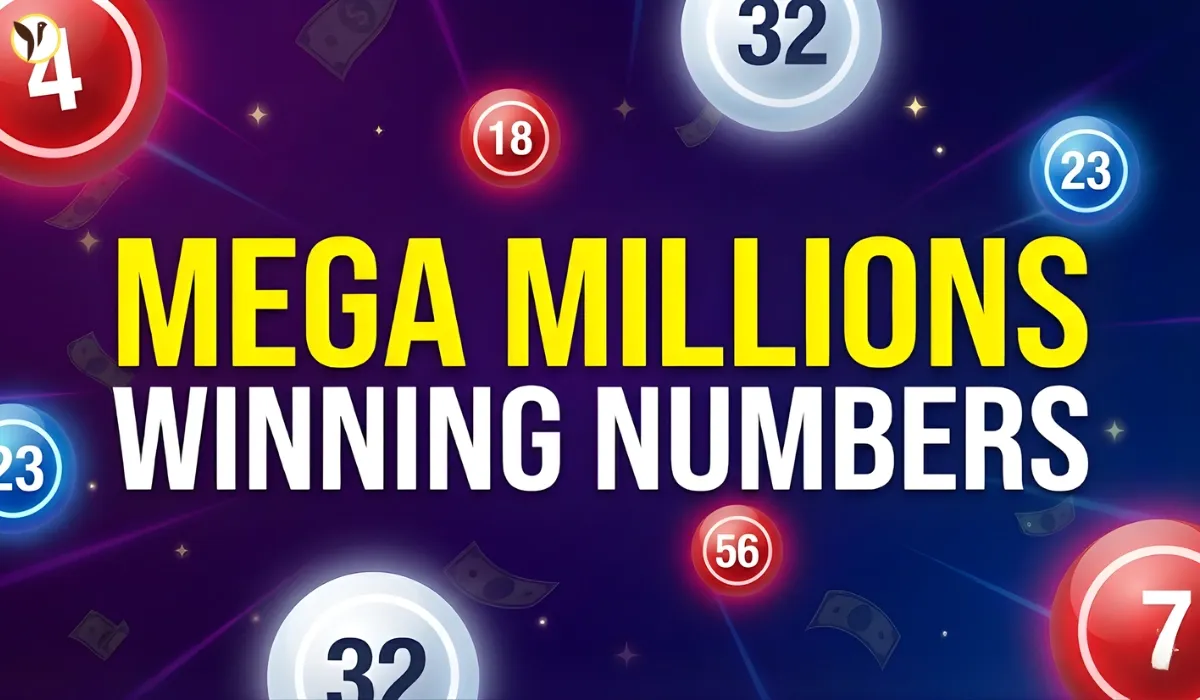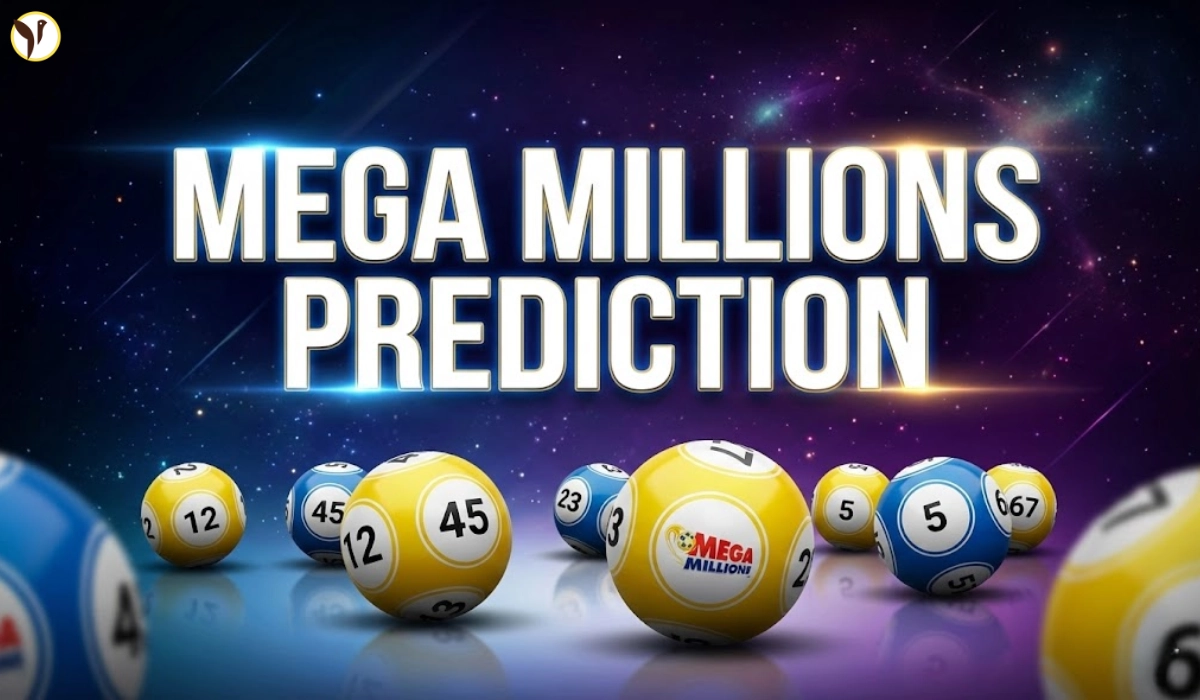The New York Times Connections puzzle for July 11, 2025, was a tough but fun experience with the word game. The clever categorization of words is what this puzzle is known for. Puzzle #761, grouped 16 words into four sets of related words through a singular theme.
This daily puzzle has quickly gained popularity amongst word enthusiasts who like searching for the connections hidden amongst the words.
This times puzzle combined a few common expressions with a few music references with some sneaky homophones. Many players struggled with the purple category, which it was full of words that sounded like a negative connotation but had different meanings (or spellings).
These homophones challenged word players not only with vocabulary, but pronunciation and word association skills.
Each group was a different challenge. Some were fairly straight forward, like identifying concrete brands that have become verbs through usage. Some were harder, like identifying made up insults, or trying to get at the symbolic song types.
Some groups also required more theoretical knowledge about culture and language. Today's puzzle had a nice variety that showed different ways words can relate to each other - either directly, or by the way they sound, tone of voice, or usage in everyday speech with little conscious effort.
Below are the word sets and the individual words of the groups.
Categories and Answers: From Tech Verbs to Tricky Homophones
The yellow group included recognizable brand names that people commonly use in conversations as verbs; for instance, people say they're “Googling” something, or they “Zoomed” with someone, turning the name of a company into a verb. The correct words that were in that group were: Google, Photoshop, Uber, and Zoom.
The green category was about people and how foolish or silly people get described using silly categories. Some words feel a little dated, but all still have relevance, like Dodo, Goof, etc. The set included: Dodo, Goof, Goose, and Yahoo.
In the blue group, the category was songs, specifically types of songs. For example, swan song means a person's last performance and siren song means a dangerous temptation. The words were: Folk, Love, Siren, and Swan.
The hardest grouping was the purple group, which were homophones of words that have negative connotations. This required awareness not only of meanings, but of pronunciations. The words were: Fowl (foul), Vial (vile), Mien (mean), and Offal (awful).
This puzzle was really difficult for some people to solve, especially those who paid careful attention to the idea of language. Some groups of words were easier to figure out than others, while some groups required some thought and knowledge regarding how meaning changes with all the variations of how we use words.









